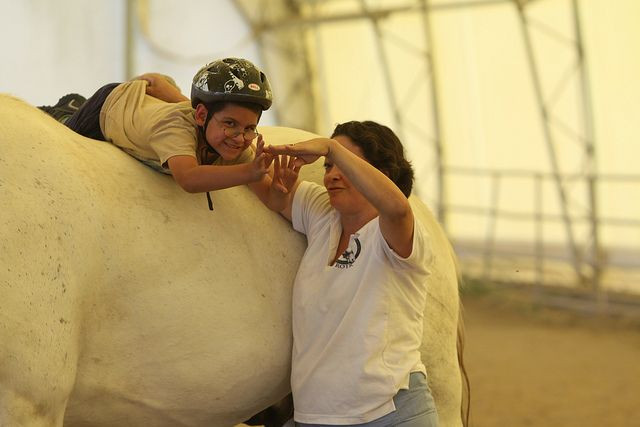Cerebral Palsy’s Strong Genetic Link Could Explain Underlying Cause Of The Disorder

The closer you are genetically to someone who suffers from cerebral palsy, the more likely you are to carry the disorder, too, new research is finding. From twins to third-degree relatives, cerebral palsy appears to diffuse through bloodlines with consistent regularity.
The findings speak to the underlying genetic cause of cerebral palsy, a group of disorders that entangle brain and nervous system dysfunction and currently stand as the most common cause of physical disability in children. In the developed world, approximately two in every 1,000 live births results in the disorder. While prior research has hinted at the disability’s genetic component, long-term studies are few and far between.
A group of Norwegian scientists collected data on people between 1967 and 2002, mining various data registries and genetic linkages. The sample included 1,991,625 single births and 45,116 twins born in Norway. Among these births, they identified 3,649 cases of cerebral palsy. Far and away the greatest links were seen among twins, with more distant relatives showing the lightest correlations.
"Our data suggest that cerebral palsy includes a genetic component,” the researchers wrote in their report, “with a stronger recurrence among relatives with closer genetic relationship.”
If one twin had cerebral palsy, the other twin was 15 times more likely to have it also. Families that had one child with the disorder were six to nine times more likely to birth a second child that’s affected. Half siblings raised the relative risk threefold, and first cousins boosted the risk by 1.5 times. Together, these findings painted a picture of cerebral palsy as having major genetic roots.
The information is valuable for parents and clinicians, the team asserts. Oftentimes, parents want their kids diagnosed as early as possible, so they can begin treatment or pursue future preventative options. In an accompanying editorial, pediatrician and professor at McMaster University, Dr. Peter Rosenbaum, explained this concern is justified, as understanding a cause can facilitate future decision making. If disability is a product of delivery complications, having another child won’t always present added challenges. If the parents are passing the disorder along, that knowledge may cause them not to have more children.
According to Rosenbaum, parents should also keep in mind that a 15-fold increase is a large jump in a relative sense, but in absolute terms the risk is still small. “This information should provide some reassurance to families in which cerebral palsy is already present,” he wrote.
The Centers for Disease Control and Prevention adds to the list of potential causes for acquired cerebral palsy are infections and injuries to the brain, along with cerebrovascular accidents to the brain such as stroke or clot-associated bleeding. Less understood are the causes for congenital cerebral palsy, though some risk factors — low birthweight, premature birth, and the use of assisted reproductive technology — have been identified.
Source: Tollanes M, Wilcox A, Lie R, Moster D. Familial risk of cerebral palsy: population based cohort study. BMJ. 2014.
Published by Medicaldaily.com



























